
Join 10k+ people to get notified about new posts, news and tips.
Do not worry we don't spam!
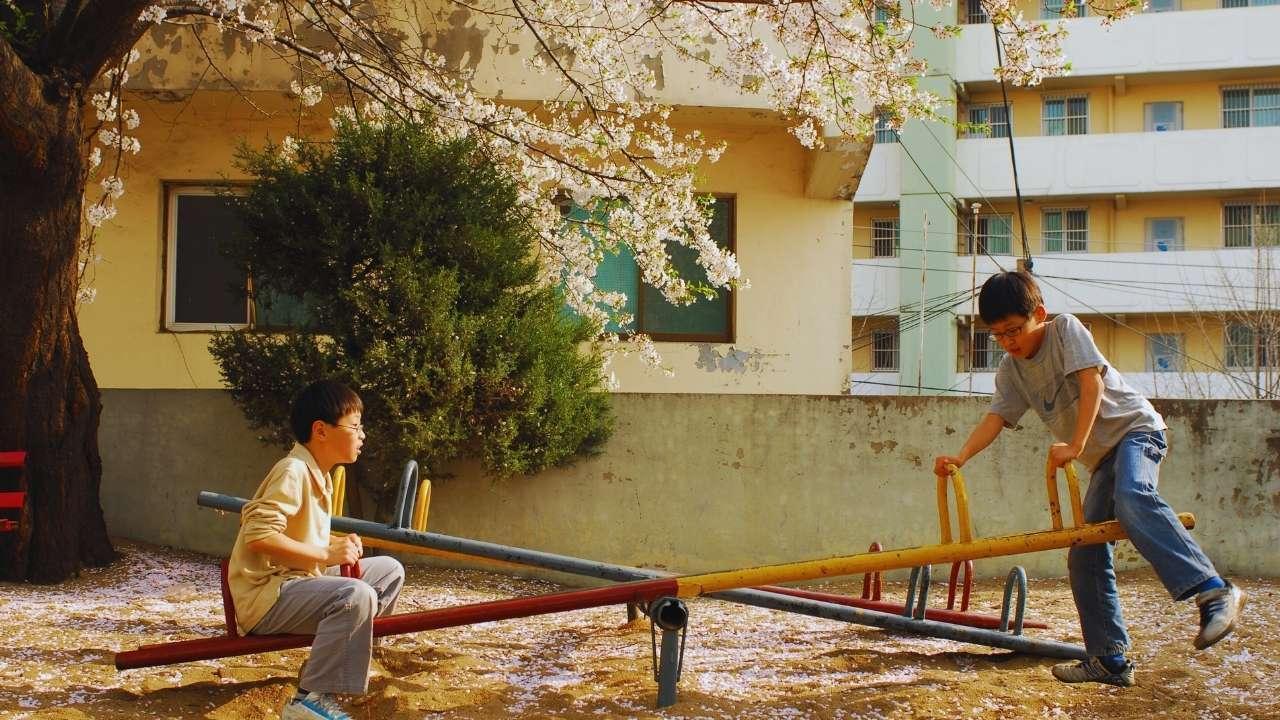
Post by : Anis Farhan
A local playground has always been more than a patch of equipment surrounded by parents—it is a visual snapshot of childhood at any point in time. Over the years, swings, slides and see-saws have remained familiar, but the spaces around them have changed dramatically. Today’s playgrounds look, sound and feel different, and these changes reveal deeper shifts in how children grow up.
Playgrounds are shaped by community priorities, urban design, safety expectations, and the evolving ways children socialise. As lifestyles transform, so do these spaces. This week’s observations across neighbourhoods show a clear pattern: playgrounds are adjusting to new childhood rhythms. Children don’t play the way they once did, and playgrounds are quietly documenting that change.
One of the most visible changes in local playgrounds is the shift from spontaneous, unstructured play to more guided, purposeful activity.
Modern playgrounds include:
Climbing nets
Balance beams
Obstacle courses
Activity cubes
Sensory play stations
These additions encourage skill-based activity rather than random exploration. Play now often mirrors structured learning, reflecting parents’ growing interest in developmental benefits.
Parents want their children to gain:
Physical coordination
Cognitive stimulation
Social development
Problem-solving abilities
Playgrounds now include activity-based zones that subtly integrate learning into play.
Older playgrounds often had uneven surfaces, trees, mud patches and natural elements. Modern playgrounds tend to replace them with rubber flooring and neatly arranged equipment, decreasing spontaneous, imagination-driven play.
This shift shows how urban childhood is becoming more organised—and more supervised.
Today’s children grow up surrounded by screens. This influences how they interact with physical spaces.
Parents and playground supervisors report that children tire faster, get distracted quickly, and move between activities at a higher pace—reflecting the fast switching common in digital environments.
To hold children’s attention, modern equipment often includes:
Rotating elements
Musical boards
Motion-trigger toys
Interactive climbing structures
These mimic the instant feedback loop that digital games offer.
Many families now treat playground time as a way to disconnect children from gadgets. This brings:
Short, intense bursts of play
More parental management of time
A sense of “purposeful outdoor time” rather than free relaxation
Technology has reshaped the very meaning of outdoor play.
Social behaviour among children evolves with generational habits. Playground dynamics reveal these shifts clearly.
Where once playgrounds buzzed with large groups of children playing group games, today’s interactions tend to be limited to:
Siblings
Close school friends
Organised playgroups
This reflects busier schedules and less neighbourhood-based childhood.
Parents now monitor children closely, influencing:
How children play
How long they play
What equipment they use
With whom they interact
This reduces spontaneous friendships and independent exploration.
Modern childhood encourages awareness of personal space, safety and social behaviour. Children today:
Avoid rough play
Take turns more consciously
Follow rules strictly
Prefer quieter activities
This reflects broader cultural concerns around safety and manners.
Many local playgrounds now include:
Wheelchair-accessible swings
Sensory-friendly spaces
Quiet zones
Ground-level equipment
This shift shows growing awareness of neurodiversity and inclusivity.
Playground patterns reveal how family life itself has transformed.
More playgrounds now see peak activity:
After 6 PM
On weekends
During school breaks
This reflects modern work-life arrangements.
Many playgrounds are filled with grandparents watching over children, highlighting family support systems in urban life.
Today’s parents value:
Quality outdoor time
Sensory experiences
Less screen exposure
Mindful play
This shapes playgrounds with areas for:
Sand play
Water play
Mud pits
Natural textures
These choices reflect deliberate parenting shifts.
Playgrounds mirror the rising emphasis on child safety.
Rubber surfaces, padded areas and safety mats are now standard.
Even classic structures are redesigned to reduce injury risks.
Playgrounds are built to allow adults a clear line of sight, reducing hidden corners.
Slides are shorter, swings have safety harnesses, and climbing structures are built with protective barriers.
This reflects the growing expectation that play be safe, controlled and low-risk.
As cities grow vertically, playgrounds shrink and become multipurpose.
Many playgrounds now include:
Vertical climbing structures
Multi-use play stations
Stacked balancing modules
These compensate for limited space.
Playgrounds often sit beside:
Fitness corners
Jogging tracks
Yoga spots
Community benches
This reflects the blending of generations in shared urban spaces.
In high-rise communities, play areas appear:
On terraces
Inside malls
In apartment courtyards
This reveals a shift in how cities negotiate limited land.
Playground equipment evolves with cultural ideas about childhood.
Some new playgrounds include:
Ropes
Ninja courses
Parkour elements
This mirrors children’s exposure to adventure content and social media.
Many playgrounds reintroduce:
Wooden structures
Natural textures
Earthy colours
Sensory stations
This represents a cultural push towards grounding children.
Modern playgrounds include:
Mini houses
Market-style booths
Ship-themed structures
Castle modules
This encourages storytelling-based play.
A playground also reflects the economic profile of a locality.
You’ll often see:
Imported equipment
Themed installations
Safety-certified structures
Interactive boards
Maintenance staff
Common equipment includes:
Basic swings
Slides
Seesaws
Climbing frames
But with more community-driven use.
Playgrounds tend to be:
Simple
Spacious
Used more heavily
Community-maintained
Economic context influences how children play, how often they play and what facilities they experience.
Local playgrounds are no longer just free-play zones. They are hubs for:
Fitness camps
Storytelling hours
Sports coaching
Weekend activity clubs
This reflects modern parents’ desire for enrichment-driven childhoods.
Growing environmental concerns shape modern playground design.
Recycled material equipment
Wooden structures
Rainwater harvesting nearby
Natural shade
Sensory gardens
Children playing in such spaces grow up more aware of nature and sustainability.
Playgrounds reflect how a society views childhood:
Children today enjoy less unsupervised play than earlier generations.
Inclusive equipment mirrors broader social acceptance.
More structured, skill-focused equipment reveals reduced natural physical activity.
Local art, traditional games and region-inspired designs reflect cultural pride.
Compact, well-designed playgrounds reflect shrinking living spaces.
A playground is not just an area for play—it is a social, cultural and emotional mirror.
Local playgrounds offer a powerful lens through which to view modern childhood. From the types of equipment children use, to the way families schedule playtime, to the behavioural patterns observed in these spaces, playgrounds reveal that childhood is evolving rapidly.
Today’s children play differently, socialise differently, and grow up in environments shaped by technology, safety norms, urban life and parental expectations. Playgrounds adapt to these forces, becoming living symbols of how society imagines childhood.
Even as trends shift, one truth remains: playgrounds continue to be essential spaces that help children build confidence, independence, resilience and joy. They may evolve, but their core value endures—providing children a place to simply be children.
This article is for informational and editorial purposes only. Playground designs, safety standards and childhood behaviour patterns vary across regions. Readers should adapt insights to local norms, cultural contexts and individual needs.


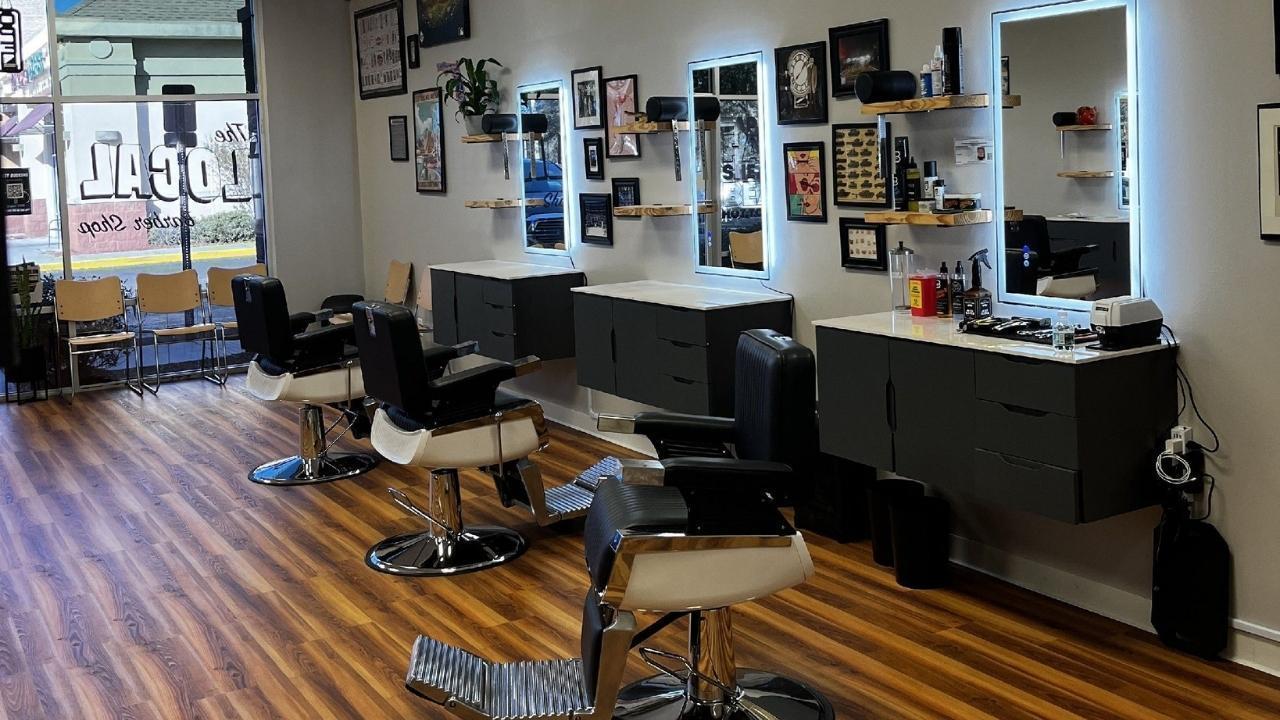
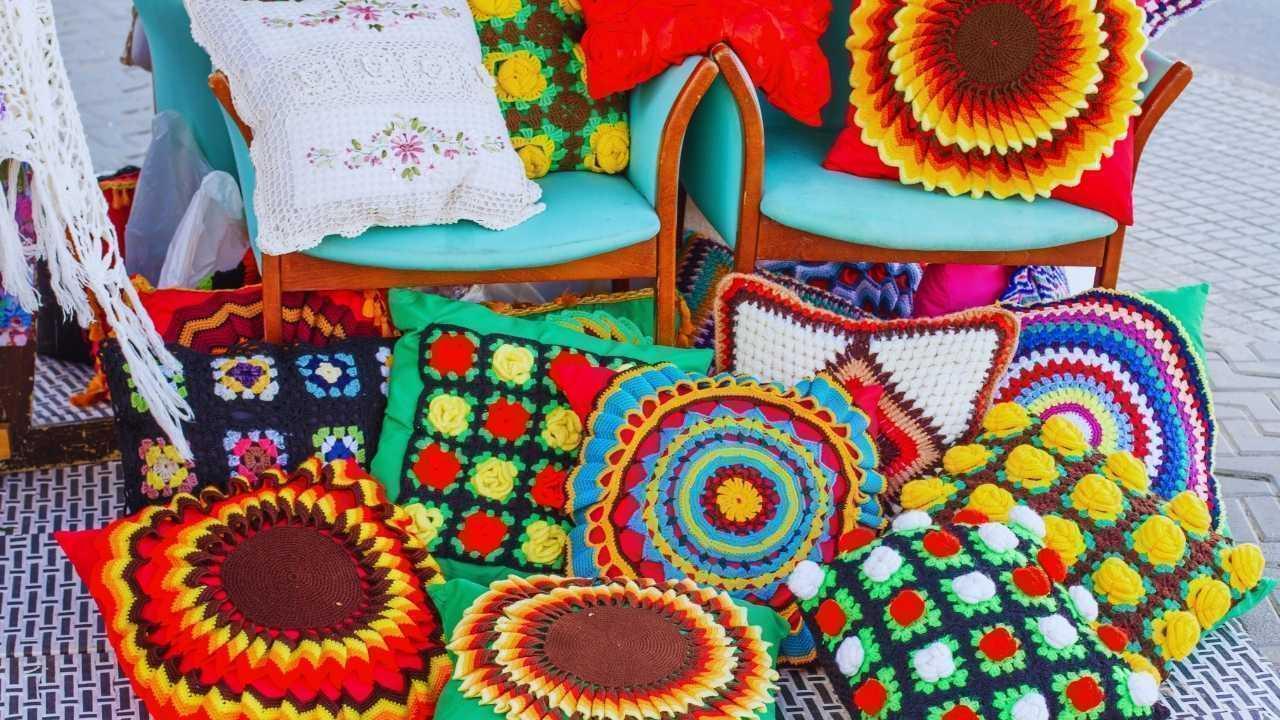




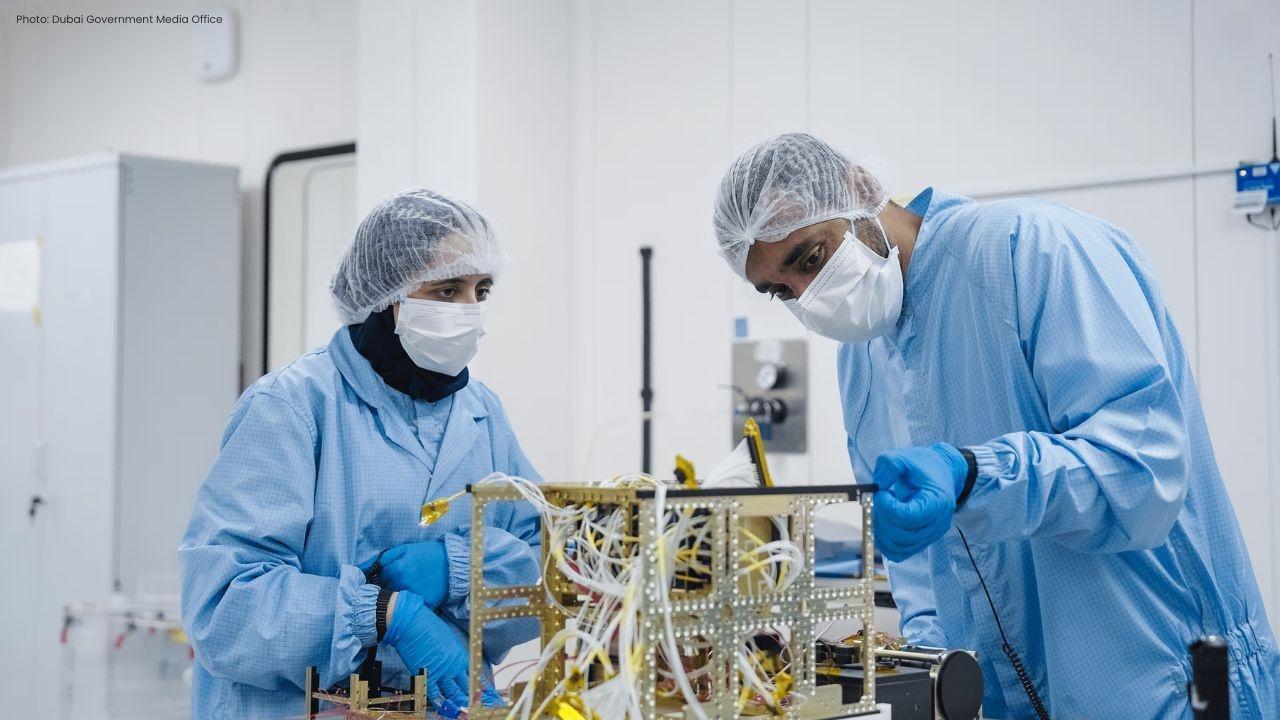

Rashmika and Vijay: A Journey of Love and Support
Vijay and Rashmika charm fans with their romance, as she shares insights on love and relationships a
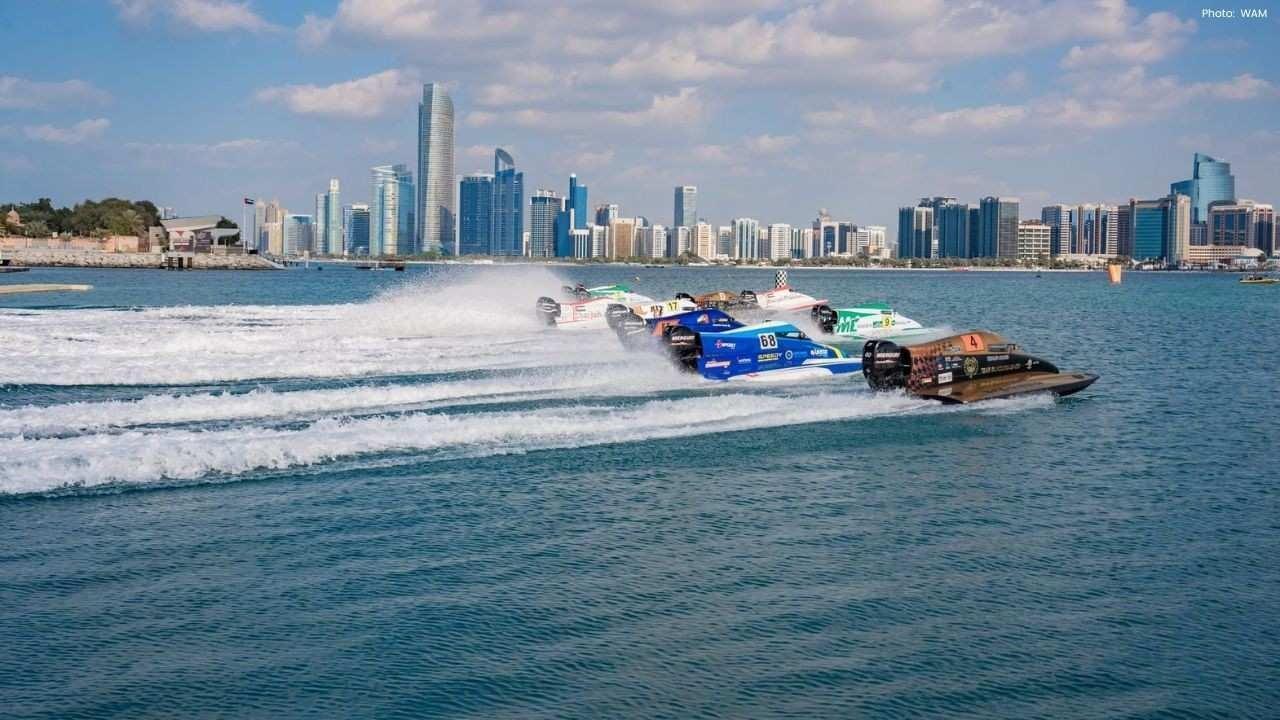
Abu Dhabi Welcomes Round Two of the Formula 4 Powerboat Championship
The UAE's Formula 4 Powerboat Championship returns to Abu Dhabi Corniche, featuring local and intern

India A Set to Challenge Oman in Asia Cup Rising Stars 2025
India A gears up to face Oman in the Asia Cup Rising Stars 2025, seeking to recover after a previous

Keisuke Honda Optimistic About Japan's 2026 World Cup Chances
Keisuke Honda is confident that Japan's talented team can make a deep run in the 2026 World Cup, aim

Koeman Commends Netherlands Team Ahead of 2026 World Cup
Ronald Koeman celebrates the Netherlands team's 4-0 victory over Lithuania, praising the squad's dep

Tuchel Aims to Reintegrate England Stars Ahead of World Cup
England manager Tuchel will reach out to dropped players like Alexander-Arnold and Bellingham, aidin